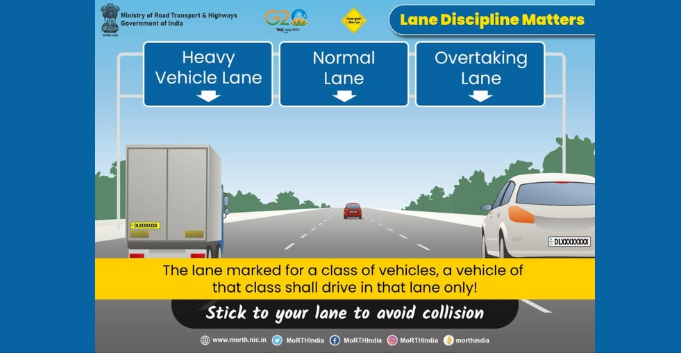7667766266
enquiry@shankarias.in
Mains: GS II – Issues Relating to Development and Management of Social Sector/Services
Why in News?
Recently, The Supreme Court’s judgment in a tragic road accident case from Coimbatore gives an urgent wake-up call for Indian administrators to introduce lane discipline on chaotic roads.
What is the legality of right to road safety in India?
What is lane discipline?

What are the challenges in following lane discipline?
What measures can be taken to ensure driving discipline?
|
Punjab’s Road Safety Force – A case study |
|
References